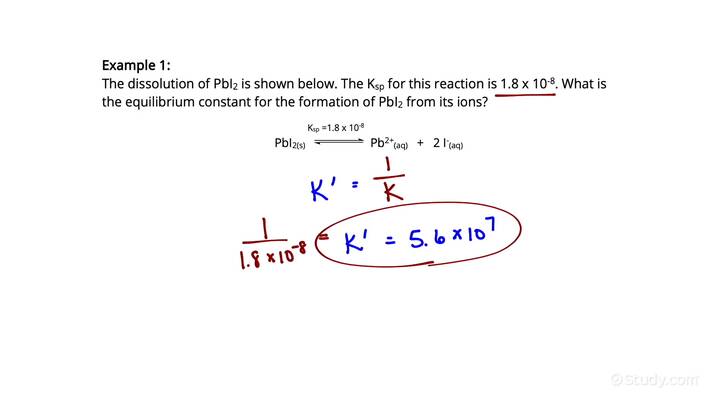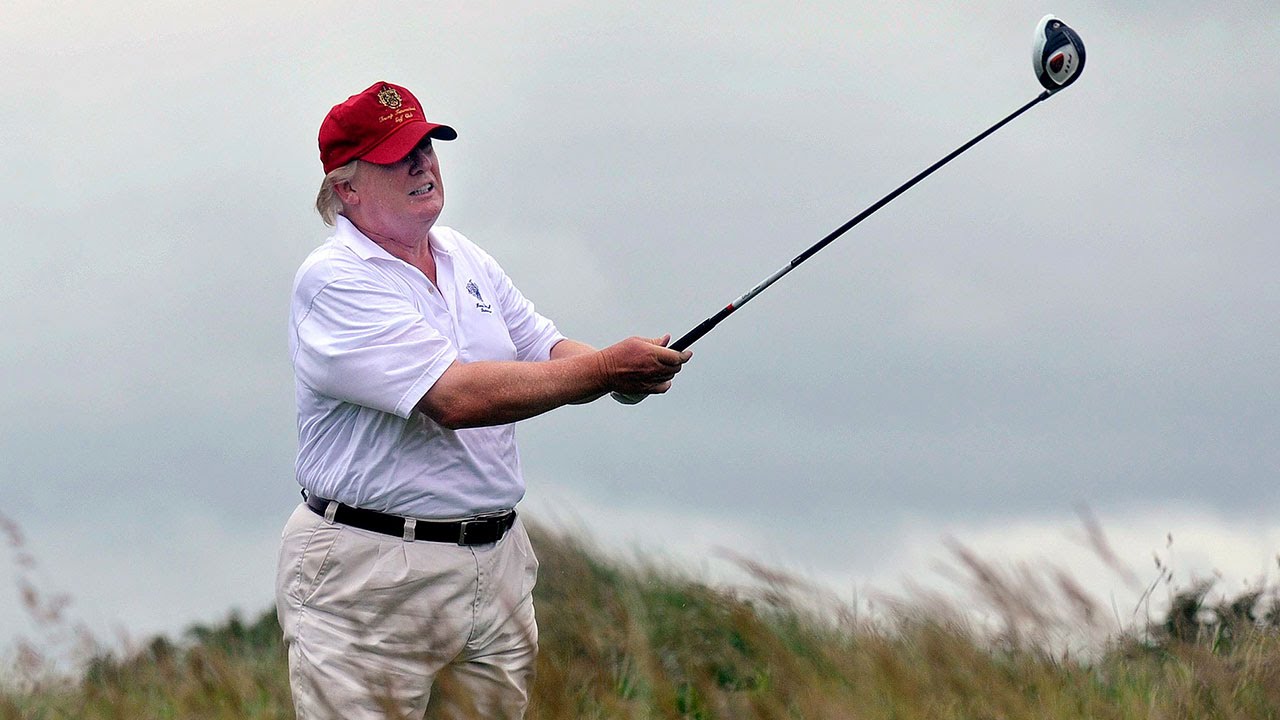
The golf swing has been the subject of many studies, both traditional and modern. Vaughn (1979), investigated three-dimensional swing mechanics. Milne (1992) used a 2-link planar system with an adjustable lower link to study the club's trajectories. These studies focus on the fundamental principles of golf swing mechanics, including club speed and hip rotation. These studies have also been helpful in understanding how the grip pressure and hip rotation influence power production.
Lessons learned from Justin Rose's golf swing
The fall saw a PGA Tour Georgia event. Justin Rose played well, and made a great delivery of his clubhead to the ball. You might be wondering how you can improve your golf swing as a recreational player like Justin Rose. He explains how he swings, and offers 7 tips to improve your own game. These are the key elements to his golf swing. Continue reading to learn more.

Set the club early. His downswing is quick and he doesn’t slide. He also holds the ball in his hands with his upper bodies. His lead wrist is flattened during impact. This helps to maintain the clubface square and functional alignment. After impact, Rose releases the club unit with his left hand. This is an essential swing mechanic that any golfer can use in order to improve their game.
Principles of modern golf swing mechanics
Rory McIlroy, in a biomechanical study of the backswing's swing, shows how pivotal rotation is. Rotation is important for creating speed in the backswing. It also generates torque which transfers to the clubhead when the ball hits the ground. There are many factors that influence the mechanics of the backswing, including hips, lower body and torso motion.
Engineer at the University of Surrey Professor Robin S. Sharp tried to unravel the secrets of long drives. The secret to perfect swinging was not in your wrists, but in your shoulders and core. After analysing the golf swings of legend golfers, he used computer modeling to determine the exact angles of these pivotal point of rotation. This information is critical for the study and development of a training program specific to golf.
Influence of hip rotation upon power production
Studies show that the GM's role in power generation is crucial for running and cycling. Although the hip is the main contributor to PO, other joints should be examined to determine the role GM plays in power production. The GM's activation is highest during the final stage, when power must be maintained. The secondary role of GM is as an external rotator.

External rotators can produce external rotation torque. The force they exert is almost horizontal and intersects the joint’s longitudinal axis. These forces can compress the hip joints and provide mechanical stability to its acetabulofemoral joint. However, the primary rotators are the gluteus maximus and its posterior fibers. Secondary rotators include the obturator externus and the long head of the biceps femoris.
Influence of grip pressure on power generation
A within-subject factororial design was used for testing the effect of grip tension on power production. This included three different grip applications: pinch grip power grip power grip and pinch grip no active grasping. Pilot testing was carried out to determine wrist motion for each of the grip styles. The wrist motion in this study was defined as the amount of angular displacement in the two wrist planes, the radial/ulnar deviation and the radial/ulnar convergence. The grip applications were performed by two types of compound patterns. One mimicked a dart throwing motion while the second was similar.
The pressures in the wrist tunnels increased when active gripping was performed. The pressures at the wrist tunnels for pinch grip were 18% lower than those in non-grip conditions. The Pinch grip data revealed two trends. CTP increased when resistance increased. The second was that wrist extension movements increased at higher resistance levels. Despite these findings however, the pressures measured under no resistance were not statistically significant.
FAQ
How can I improve the game of golf?
There are many things you can do to improve your playing ability. You can join a group that plays golf. A club lets you play with fellow golfers and can teach you new techniques.
You might also consider buying equipment, such as golf clubs or balls. These items will allow you to improve your game.
You could also read books about golf. The rules and regulations of golf will be better understood if you read about it.
What's the difference between driving ranges and putting greens?
A driving range is a place where players can practice hitting the balls from 50 yards up to 300 yards. For putting practice, players can use putting greens.
What are the various types of golf courses available?
There are many different types of courses for golf. Some courses are specifically designed for beginners while others are more suited to the experienced player.
Some golf courses are located near lakes, rivers, mountains, and forests. Others can be found in urban settings. There are many golf courses, from public parks to private estates.
What skills do I need to play golf well?
No. All you need is a pair of walking shoes, a towel, and a set of clubs.
What is a handicap?
You might find it difficult to keep up with other golfers when you play. Sometimes you might find it difficult to score well because your swing is too slow or fast. Hire a caddy who will carry your bag on your behalf to overcome these issues.
If you're a beginner golfer you can take advantage of the services provided by your local course. Your handicap will be calculated based on your age, gender and height as well as strength and skill level.
Your handicap will then be used as a reference point when calculating your score. Your handicap will show you the group you are in. This will enable you to compete with players with similar abilities.
Statistics
- They do this by means of assessing and rating courses according to the average good score of a "bogey golfer," a player with a handicap of around 20. (en.wikipedia.org)
- In the United States, women made up 25 percent of golfers in 2021, which was up from 19 percent in 2011, and junior female golfers account for 35 percent or 1.1 million golfers.[50] (en.wikipedia.org)
- He shanked the first attempt, but it is estimated his second went more than 200 yards (180 m).[52]Golf courses worldwide. Below are the top 20 countries with the most golf courses as of 2019.[53]CountryNumber of (en.wikipedia.org)
- They do this by means of assessing and rating courses according to the average good score of a "bogey golfer," a player with a handicap of around 20. (en.wikipedia.org)
External Links
How To
How to Hit the Straightest Golf Ball
The most talked about topic in history is how to hit the ball straight. There have always been several ways to get the desired result. You can hit the ball with a ball, throw the ball at the target, and even use your naked hands to hit the ball.
Before you can hit the ball straight, it is important to understand how the ball works. You will then need to be able to choose the best tool for your job. Finally, you must practice swinging the club correctly. Once you master these three steps, you'll be able to use them to hit the ball straight every time.
Remember that your goal when practicing is to hit it squarely. That means that you want to hit it at a specific spot on the ground. It can veer off-course if it is hit too high or low.
Follow this simple guideline to hit the ball hard.
-
Grip the club firmly. Your grip should be comfortable and firm enough that it holds the club securely.
-
Set up your stance. When you stand over the ball, your feet should form an "L" shape. Make sure your body weight evenly distributes between both legs.
-
Move the club around as fast and as quickly as possible. When the clubhead reaches it's highest point, stop and then slowly lower it again. You can repeat this until you have completed one revolution.
-
Keep your arms straight through the ball's middle. Keep the club from moving to one side.
-
Keep the clubface parallel to the target line. The clubface should be parallel to the ground.
-
Make sure you make contact with it. Avoid striking it too softly.
-
Try to find a sweet spot between the top- and bottom of your ball. This will ensure the ball flies true.
-
If you're using a driver, aim for middle of fairway. You can also aim for the rough if you're using a long-iron.
-
Swing at a small target, such as a brick wall and a tree trunk to practice your technique.
-
You will begin to notice improvements after a few months of consistent practice.
-
You can improve your golf game by learning new techniques.